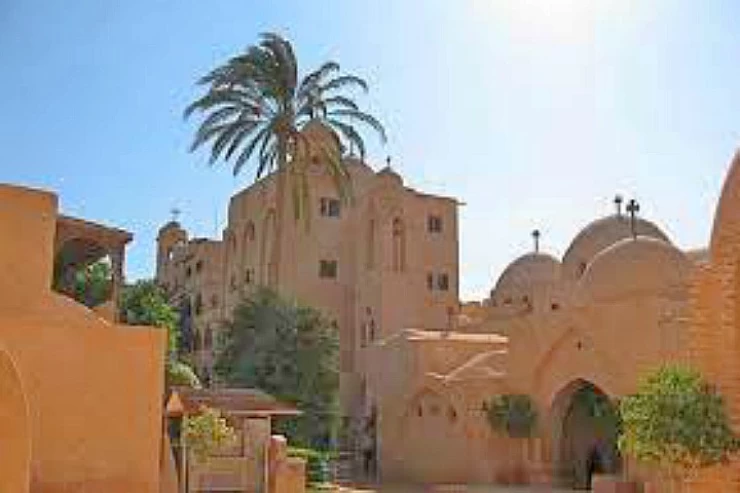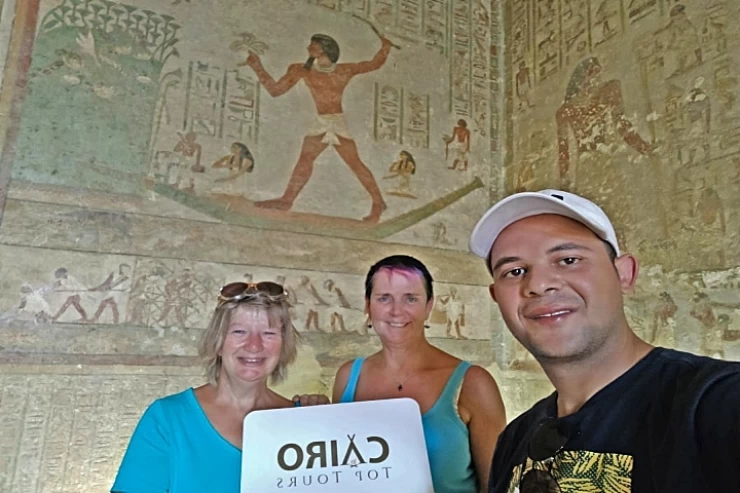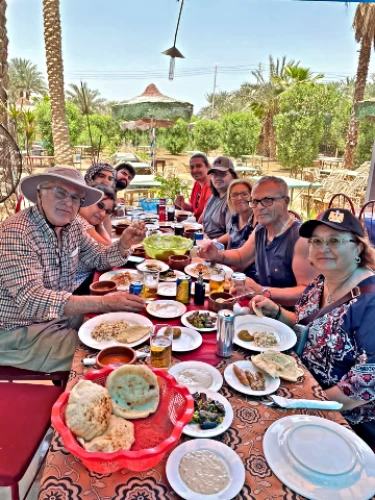A Cairo Top Tours guide will accompany you to Wadi El Natrun to provide you with an insight into Coptic Egyptian history. You will travel to Wadi El Natrun in a modern, air-conditioned private vehicle.
The Wadi El Natrun area is one of the most famous sites, containing a large number of fossils of large prehistoric animals in Egypt. For this reason, the site was discovered by ancient Egyptians in the first century AD, and perhaps long before that.
The area is one of the most famous sites, containing a large number of fossils of large prehistoric animals in Egypt. For this reason, the site was discovered by ancient Egyptians in the first century AD and perhaps much earlier. Wadi El Natrun was first documented in the story of the Eloquent Peasant, and was mentioned by the ancient Egyptians among the seven oases at the Temple of Edfu. In the Ptolemaic period, it formed part of the Nome of Nitrite. The Copts also called it Mount Salt (Coptic: ⲡⲧⲱⲟⲩ ⲙⲡ ϩ ⲙⲟⲩ).
During Emperor Zeno's rule in the late fifth century AD, you will pay a visit to the Monastery of Anba Bishoy. It has three stories, including a grain mill, an oil press, a water well, and storerooms on the first floor. The second floor contains the entrance to the fortress via a movable bridge, and houses a bakery and a church named after the Virgin Mary. The third floor, the rooftop, houses a church named after the Archangel Michael and two caves.
After that, you will be transferred to the Monastery of Baramous. Around 330 AD, Saint Macarius became the first hermit to live in the Scetis desert in search of peace and quiet. He founded the first monastic community. Baramous fully developed into a monastic community around a church where they prayed, and the monks' caves spread around it without a wall around 356 AD.
This tour includes a typical Egyptian food and the opportunity to visit the Monastery of Saint Macarius and the Monastery of the Syrian. You will then be driven back to your Cairo hotel.




























